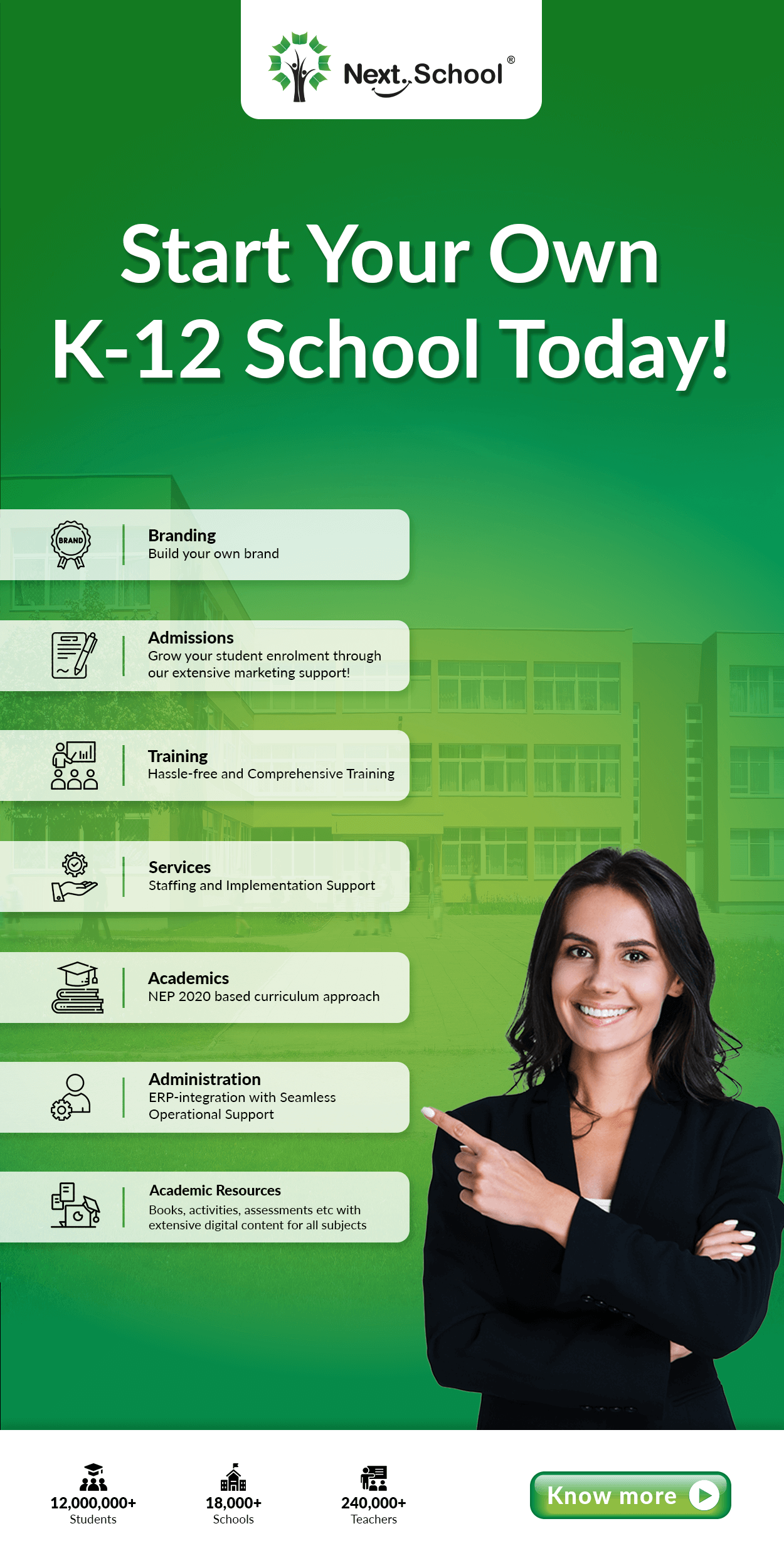Hands-on Learning – Making learning more fun and Effective

“I hear and I forget
I see and I remember
I do and I understand”
– Chinese proverb
Some time back, I was teaching my nephew a geometric problem based on cubes and cuboid. Although he is a fairly bright boy, he found it difficult to understand and solve the problem following his usual way of solving on his notebook. So, I asked him to get a small cardboard and reconstructed the problem with a box made from the cardboard. He could easily visualize the problem, and as a result, solved the problem very quickly. This ability to visualize helped him anchor subsequent problems on the same topic and solve them very easily. Soon, his skill level on the topic improved.
At times, teachers face such challenges in the classroom comprising a variety of learners, including visual, auditory and kinesthetic, and they need a variety of tools to make the classroom effective, lively, and engaging. Active hands-on learning experiences enrich classroom instruction and provide a multifaceted approach that lets teachers differentiate instruction, and design lessons that complement each student’s learning style. By addressing the diversity of all learning styles and strengths, hands-on materials provide every student with an engaging opportunity to succeed in the classroom. In addition, such learning helps students to relate to real-world applications of the concepts. After all, as the adage goes, “What we have to learn to do, we learn by doing.”
So, what is hands-on learning and why is it effective? According to Lumpe and Oliver, “Hands-on science is defined as any science lab activity that allows the student to handle, manipulate or observe a scientific process…. Hands-on teaching can be differentiated from lectures and demonstrations by the central criterion that students interact with materials to make observations, but the approach involves more than mere activity.” Hence, hands-on learning is a more direct form of learning where the student is directly involved in the learning process. Such direct experiences with natural phenomena provoke curiosity and thinking in the minds of the students, thereby resulting in Higher Order Thinking Skills (HOTS).
Hands-on activities let students think, perform, solve problems, and make things happen while they are working toward a solution. It provides an important step in the evolution of a student’s developmental skills and learning values. Students do their best work when they are encouraged to actively explore and interact with any hands-on learning process. With the right manipulatives, skills such as memory retention, reading, motor skills, hand-eye coordination, and learning awareness become enhanced and improved.
A recent study conducted by Purdue University has shown the effectiveness of hands-on learning and ways to effectively engage students at a young age. In the study conducted on eighth graders, the researchers were looking for necessary participatory levels for students to make learning effective. Half of the class, who were studying human impact on water and water quality as part of their standard science curriculum, where taught using the traditional method of lecture, while the other half were assigned to build a water purification device that demonstrated their grasp on the concept. According to the study, “In every area we tested, the students who were involved in the hands-on project learned more and demonstrated a deeper understanding of the issues than the traditional group”. The study was also significant in that lots of the students (around 30 per cent) are ethnically diverse and around 57 per cent were from economically weaker class.
Hands-on learning is a valuable investment to make especially for raising future scientists and engineers for the nation. Research has revealed that students thrive and enjoy learning in this way. Most teachers are willing to use these types of activities, but they also need help in implementing them into daily use in the classroom. They need outside training to match up the curriculum with the concepts needed to be taught. In addition, they also need help in getting the right kind of material in the right quantity at affordable rates to make it successful in the classroom.

